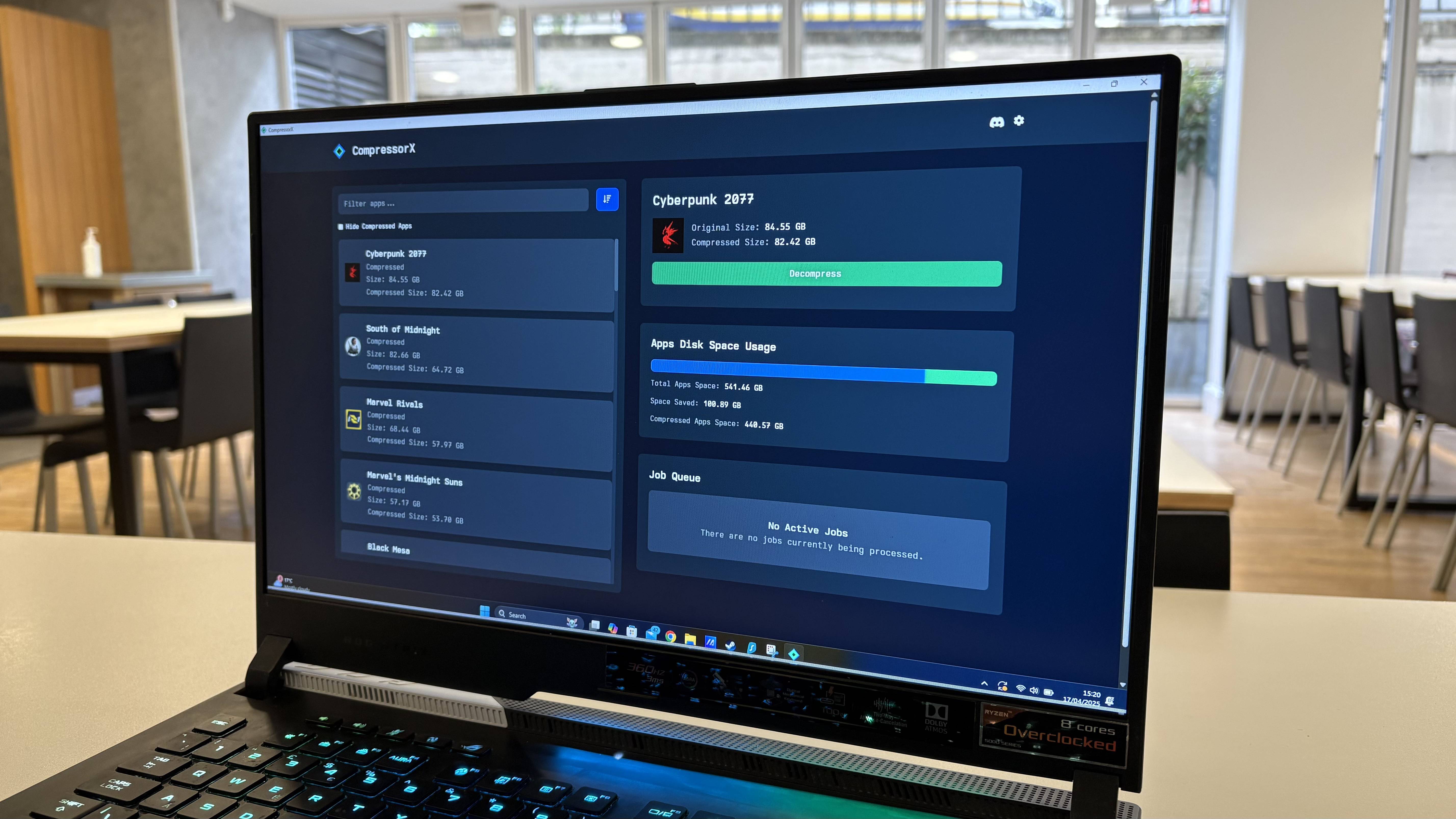10 essential Final Fantasy 7 Remake tips
These tips for Final Fantasy 7 Remake can help you conquer Midgar
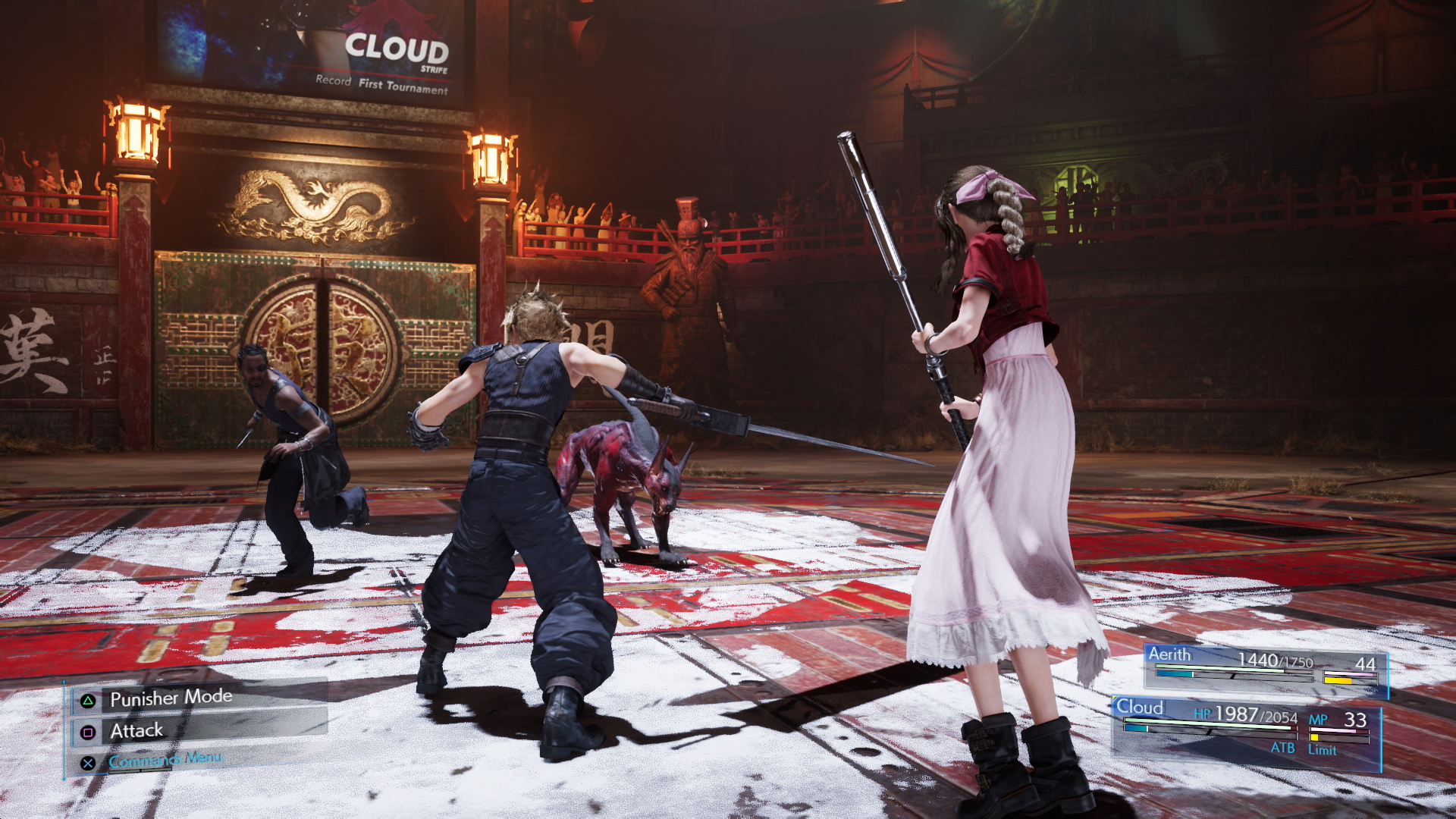
After five long years, Final Fantasy 7 Remake has finally arrived, and for the most part, it’s everything we hoped it would be. This ambitious reimagining captures everything we loved about the first few hours of the original Final Fantasy VII, fully fleshed out into a standalone adventure.
Final Fantasy 7 Remake takes Cloud, Barret, Tifa, Aerith and Red XIII through the mean streets of Midgar, but the going is a little tougher than before. The game’s real-time combat tests both your brain and your reflexes, and taking time to build up your levels and equipment is usually not an option. As such, you’ll want to make sure your party is prepared for anything.
- PS5: Release date, price, specs, games and more
- PS5 exclusives: All the big games to expect
Here are 10 tips to help you start the Final Fantasy 7 Remake on the right foot.
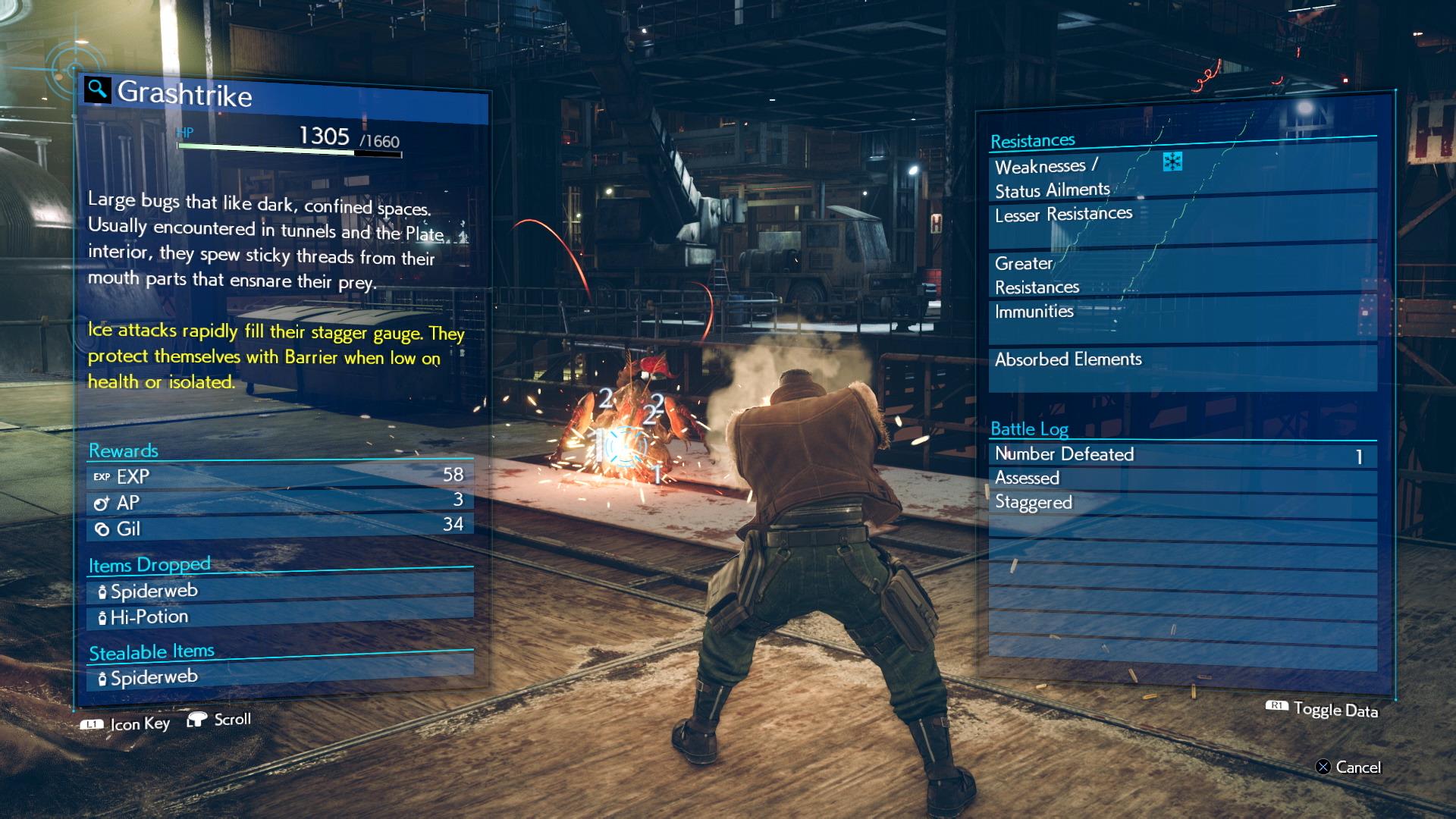
Use your abilities frequently
The very first thing that Final Fantasy 7 Remake teaches you how to do is activate combat abilities through a menu that slows the real-time battle system down to a crawl. You don’t really need to use these abilities to get through most of the game’s early encounters; just mashing the “attack” button with your sword will suffice. But if you ignore your abilities, you’re ignoring about half of what lets you excel in combat.
Abilities don’t just do additional damage; they can also stagger foes, target multiple enemies at once, clear the distance between you and an opponent, and so forth. The more you use an ability, the quicker you master it, meaning that you can use it even after you equip a different weapon.

Don’t hoard your items
A lot of old-school Japanese RPGs (Final Fantasy VII included) drilled into us a very simple mantra: Always use magic, never use items. By the time the final boss rolled around, you might have been sitting on an overflowing stockpile of healing items, never touched except in the direst emergency.
Final Fantasy VII Remake is not that kind of game. Early on, you’ll have only enough MP to heal yourself a few times per level; later on, you’ll need that MP to target enemies’ weak points even more than you’ll need it to heal. As such, you should use items whenever you need them — potions, ethers, tufts of phoenix down, anything. Replenishing your stockpile isn’t expensive, and in any case, it’s even more inconvenient to stare down a “Game Over” screen.
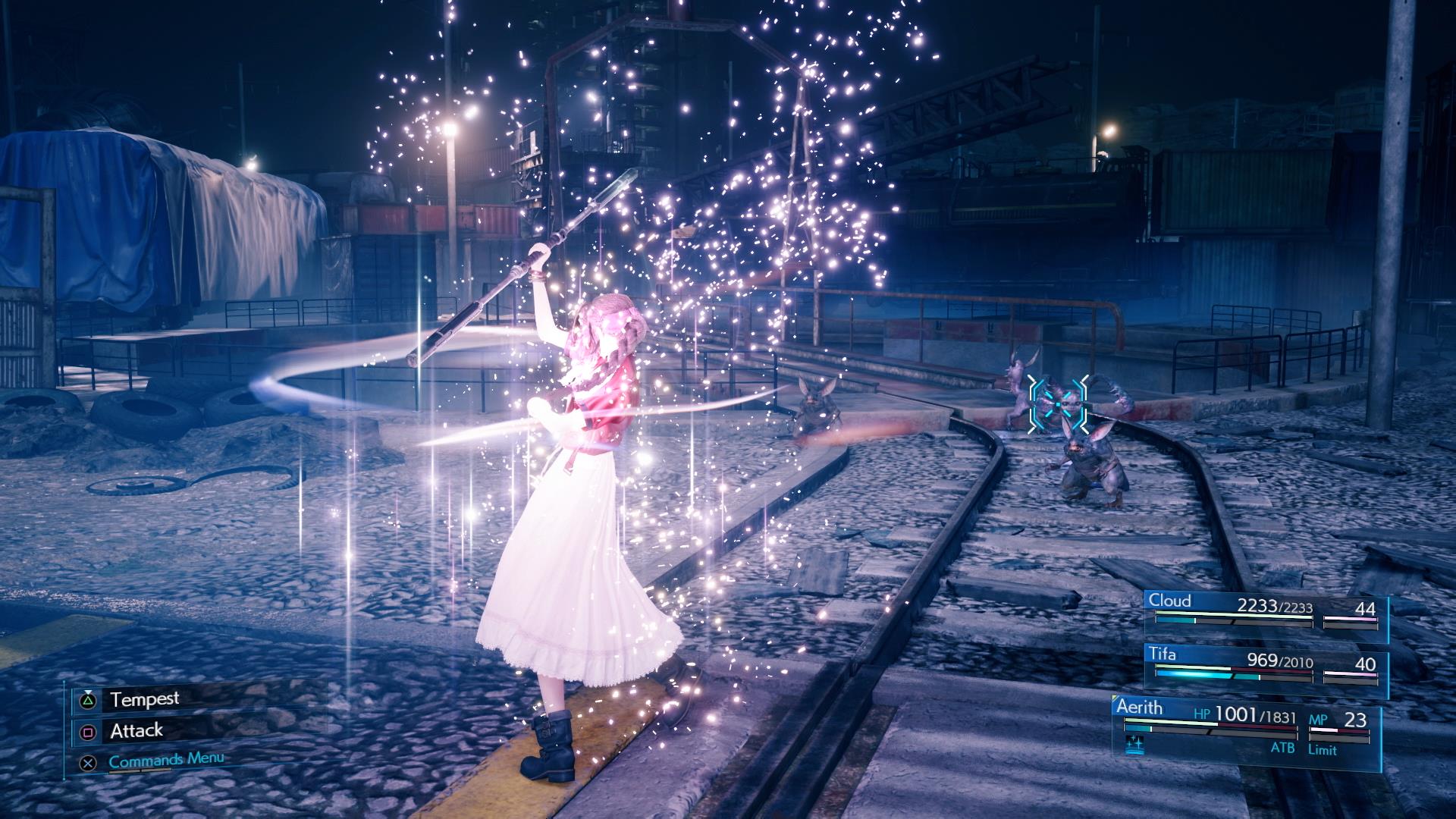
Build each character’s proficiencies
Here’s something I didn’t realize until I was about 15 hours into Final Fantasy 7 Remake: Unless you’re controlling a character, you won’t build up his or her weapon proficiencies.
Briefly: Each new weapon you equip comes with a learnable ability. By using the ability over and over, you can add it to your arsenal permanently. Here’s the catch: Unless you are actively playing as the character and using the ability, your party members won’t learn anything.
Usually, you can master a new ability within about half-a-dozen battles, so whenever you get a new weapon, be sure to switch characters for a while. If not, you’ll find yourself wondering why everyone but Cloud feels so underpowered.
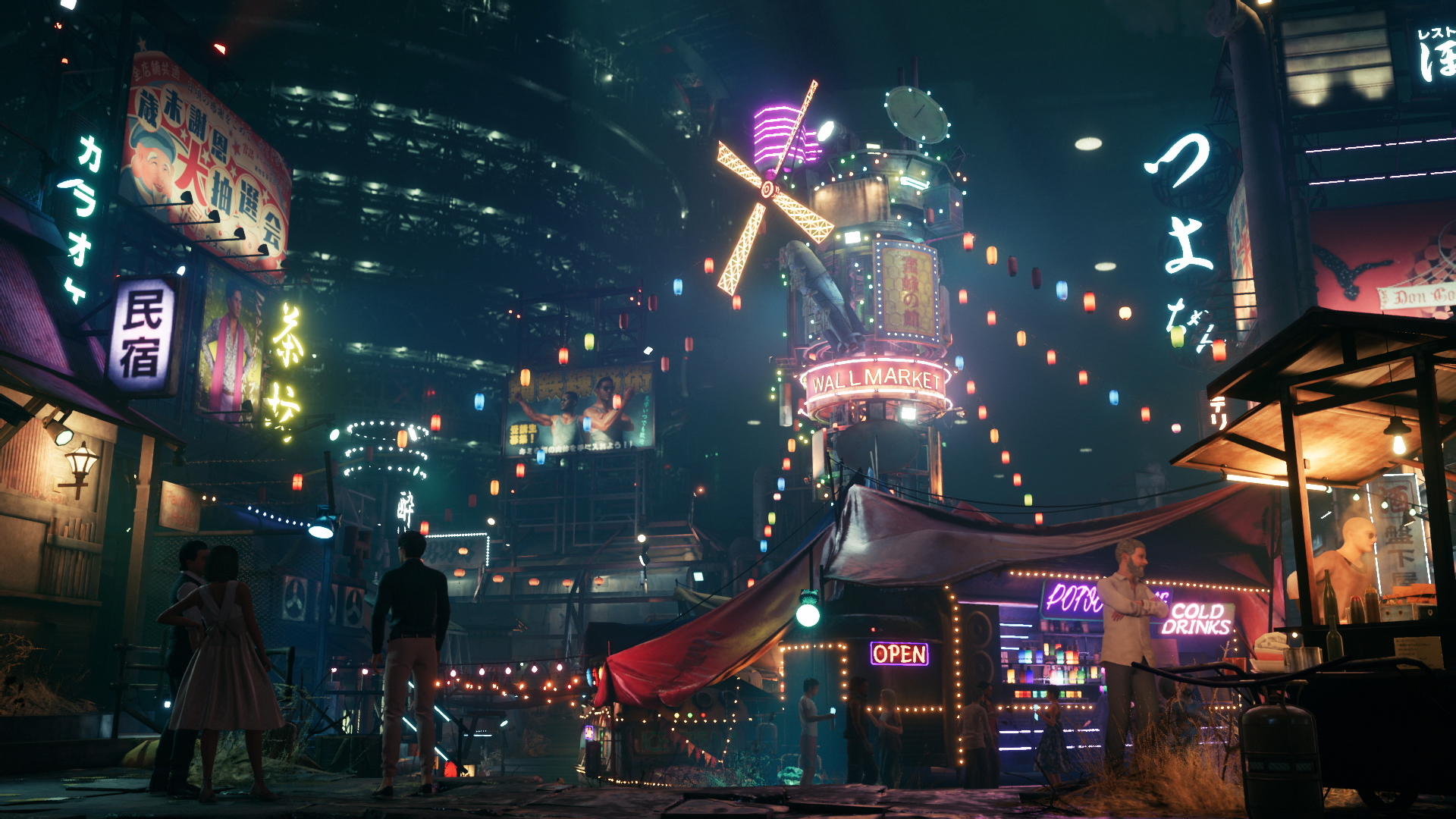
Complete side quests
Final Fantasy 7 Remake is quite a bit like Final Fantasy XV in a variety of ways. The graphics are similar, the battle system is similar and the structure is similar. That means you’ll alternate between long, linear “dungeon” areas and big, open-ended cities where you can take on side quests.
You should take every side quest that’s available to you. This is partially because you’ll build your levels while fighting enemies, partially because you’ll get rewarded with gear and money and partially because the side stories are usually quite entertaining. Once you enter the dungeon areas, you won’t always have an opportunity to build your levels, so getting stronger in-between major plot points is a good idea.
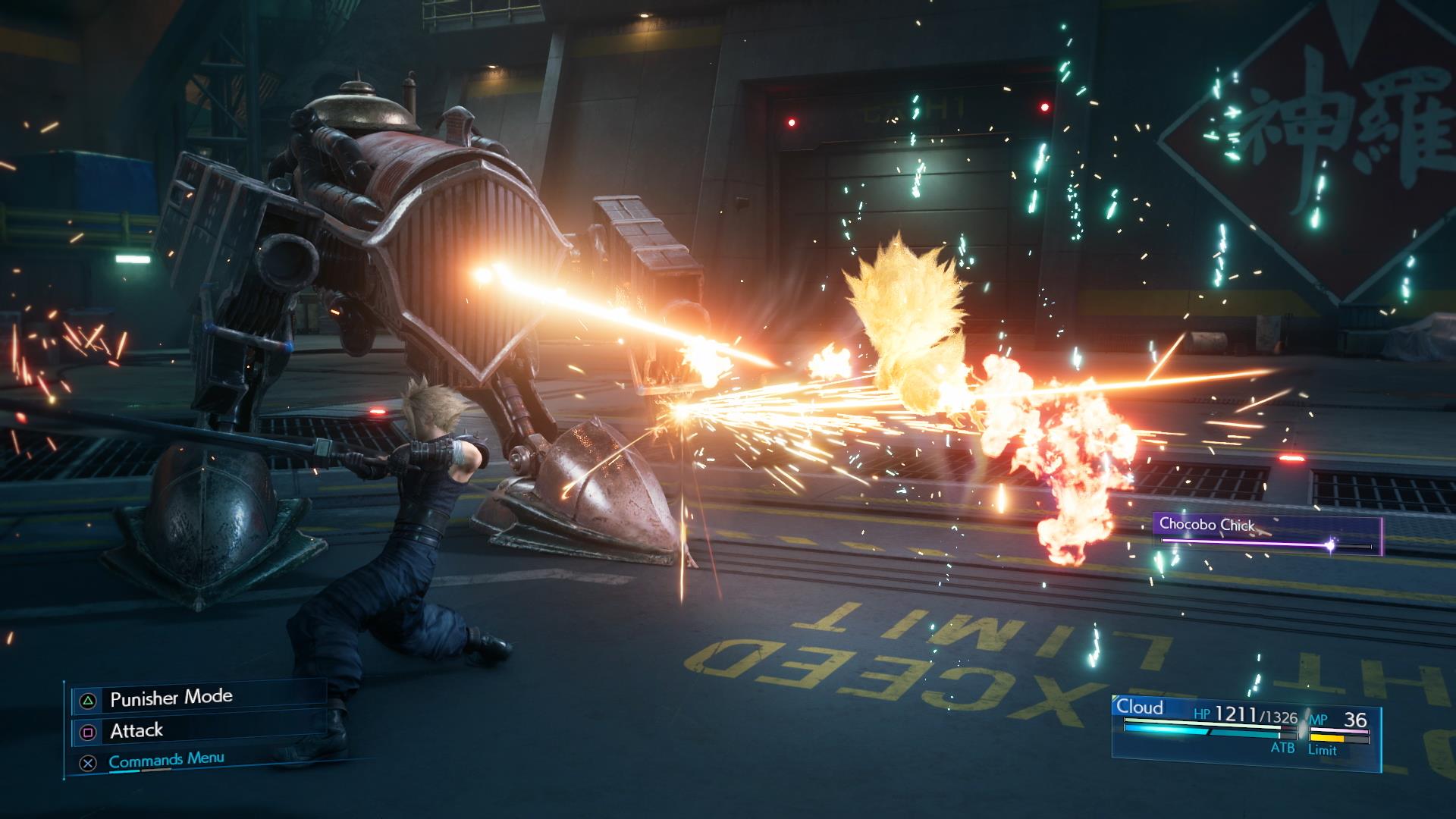
Stop to level up (when you can)
Unlike a lot of JRPGs, Final Fantasy 7 Remake doesn’t require much level-grinding. That’s mostly a good thing, but it can also be troublesome if you’re having trouble with a particular boss.
As such, whenever you come across an area with respawning enemies — particularly ones that give a healthy amount of XP — it’s not a bad idea to stop and gain a level or two. Cloud and friends rarely need excessive amounts of XP to gain a level or two, and a little extra strength can go a long way toward conquering some of the game’s long, occasionally arduous boss fights.

Switch among characters
Cloud is an extremely simple character to control, with rapid movement, an effective dodge and high damage output. Believe it or not, though, Cloud’s strength can work to his detriment, since it encourages players (this one, at least) to rely on Cloud almost exclusively.
You should avoid this temptation, particularly during boss fights. Each character can add something different to the battle, whether it’s Aerith hurling magic or Barret taking down distant enemies. As mentioned above, you’ll want to rotate characters often to build proficiencies, but you’ll also want to do it because Cloud is simply not that good at fighting certain enemies. Rotate through your lineup and see for yourself.
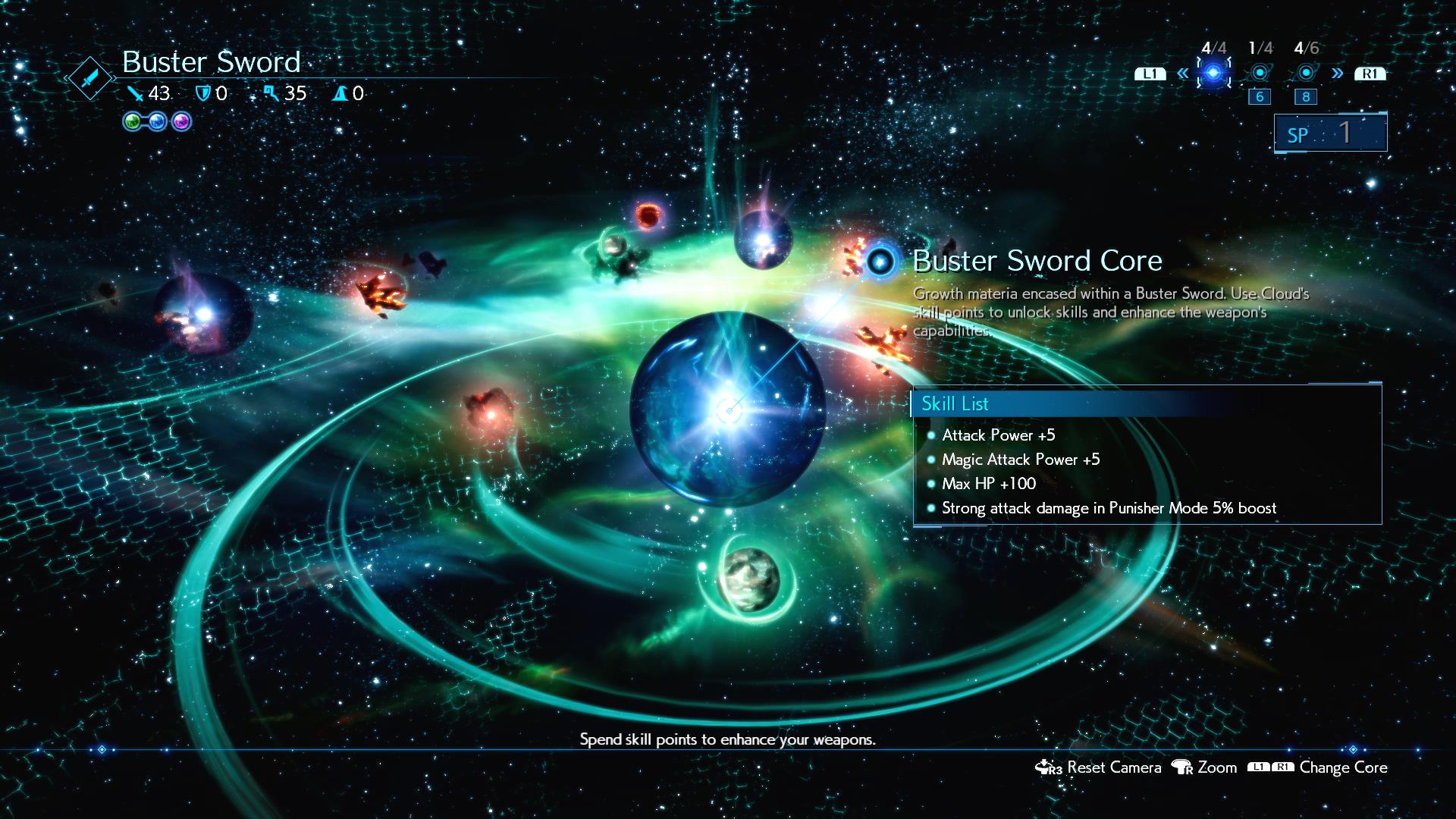
Keep your weapons upgraded
Simply leveling up can make you somewhat stronger, but to really increase your physical and magical damage output, you’ll need to upgrade your weapons. Final Fantasy 7 Remake differs from the original in that newer weapons are not always stronger; instead, each one has a different set of possible upgrades, and you can customize them based on which upgrades you purchase.
Every time you level up, you’ll get SP, which you can use to improve weapons. Remember to spend SP each time you level up, or else let the game do it for you; just remember to select “Auto” for each new weapon you acquire.
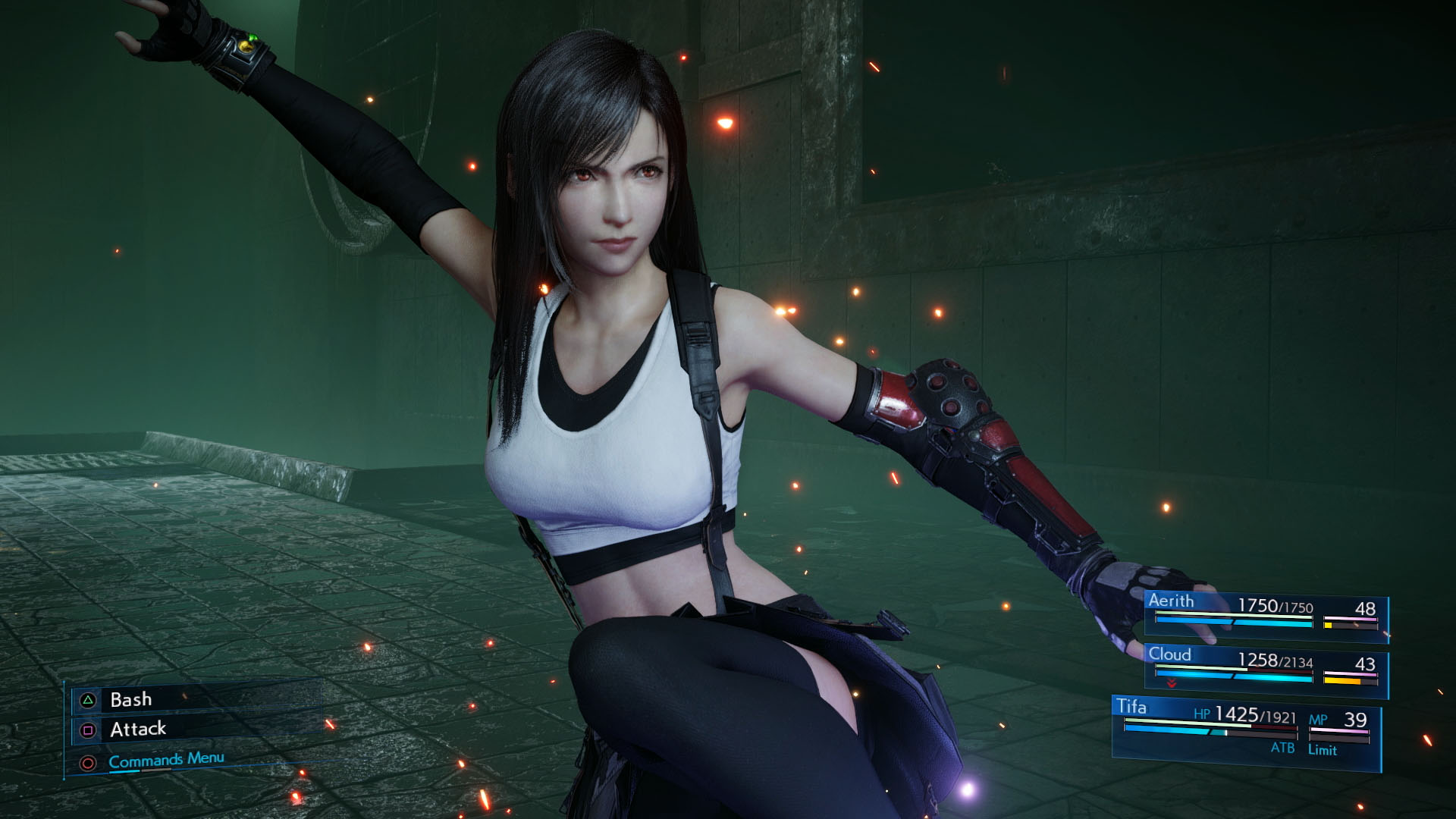
Seek out vending machines and benches
If you forget to stock up while you’re in town, don’t worry. Most dungeons have at least one vending machine located somewhere along the way. Even if you don’t need any items, it’s worth checking vending machines for two reasons. They may have collectible records, which you can use to play music at jukeboxes. Plus, vending machines often have specials, meaning you can stock up on high-value items like mega-potions and phoenix downs for just 100 gil apiece.
Vending machines are also often right next to benches, which let you recover your HP and MP completely. Just be warned that you’ll usually find these right before boss fights.
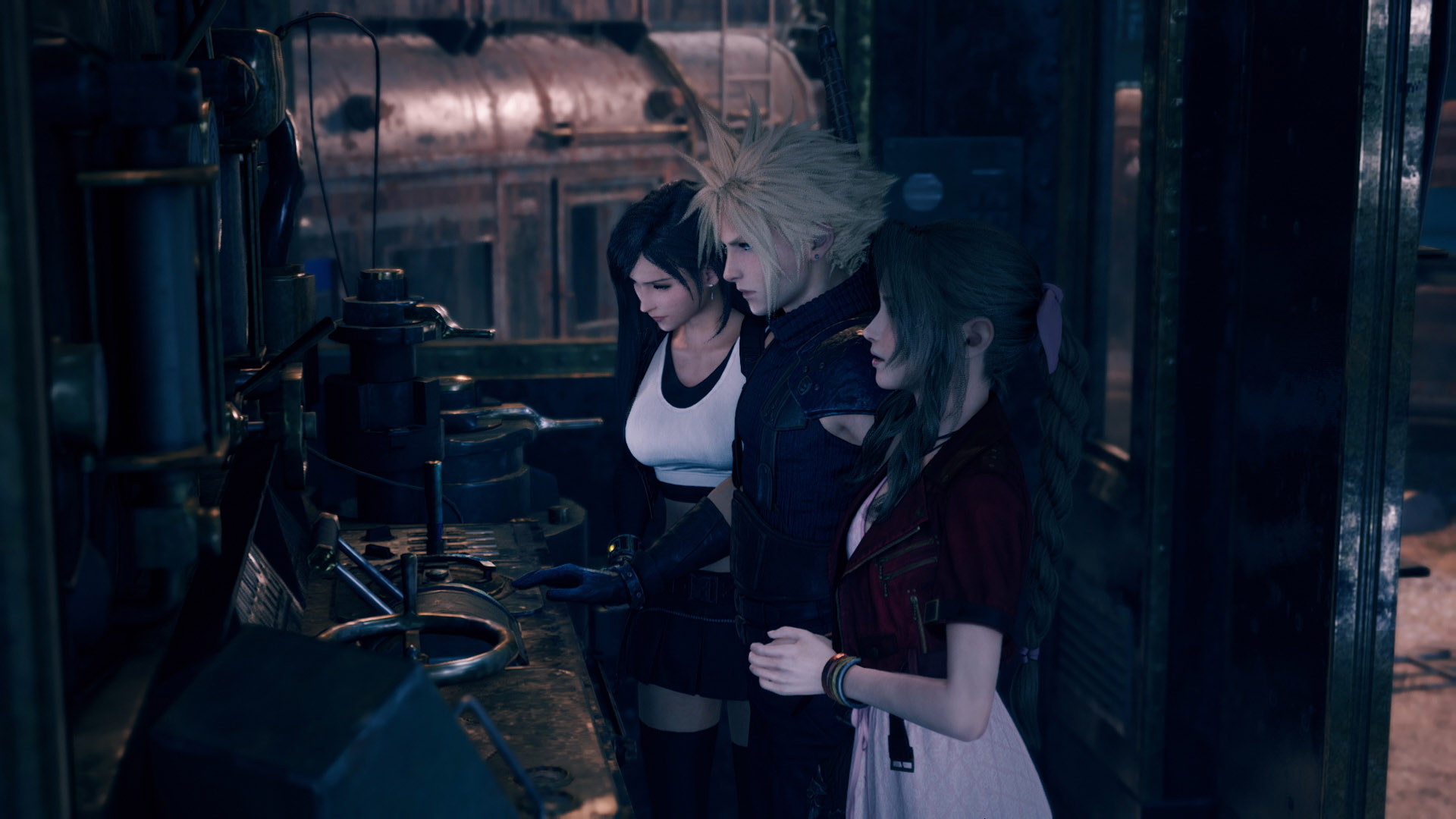
Watch for visual cues
You can whack enemies with weapons until your thumbs get sore, but this is usually an inefficient way to take down bigger, more dangerous foes.
Mini-bosses and bosses often have multiple “parts” that you can hit, such as legs for or wheels. Keep an eye out for these.
More importantly, many enemies will change colors to indicate that they’re weak to a certain elemental magic, or that they’ve become immune to physical attacks. Whenever your attacks stop doing a regular amount of damage, take a step back, analyze an enemy’s pattern and see if there’s a weakness you can exploit. Remember: fire and ice magic are opposites, as are lighting and wind magic.
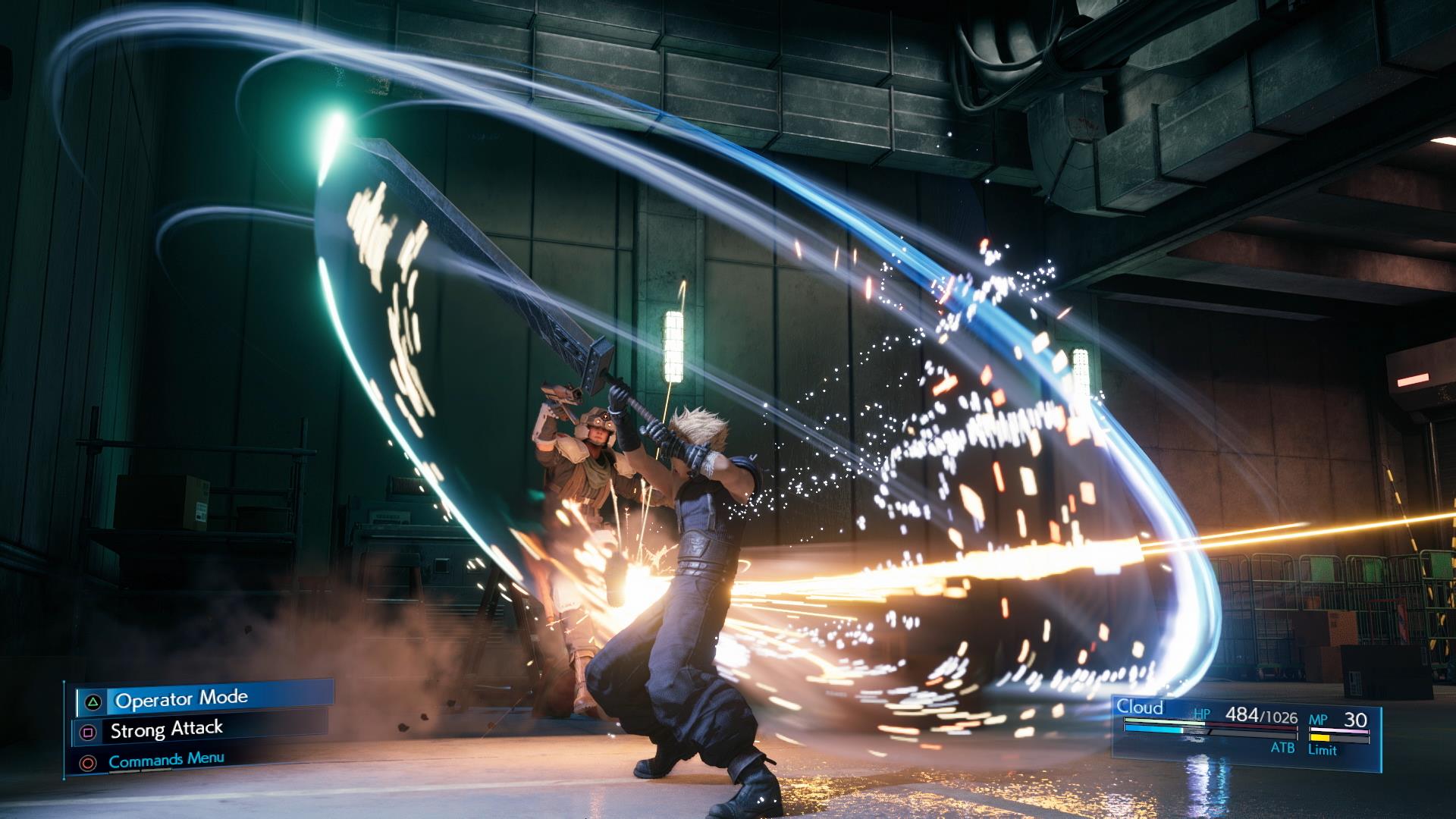
Buckle down for boss fights
Back in the original Final Fantasy VII, beating bosses was a matter of casting some magic, slinging a few healing spells and using the same few attacks until a boss keeled over. Boss fights in Final Fantasy 7 Remake, on the other hand, are huge set pieces that might take 10 or 15 minutes to complete.
You’ll have to defeat multiple stages of each boss, changing your tactics and healing ever-increasing amounts of damage as you go. Most bosses have a weakness, whether it’s elemental magic or certain spots that you need to target, but exploiting these isn’t a hidden trick; it’s a necessity. If boss fights feel brutal and demanding, don’t worry; they’re functioning as intended.
Sign up to get the BEST of Tom's Guide direct to your inbox.
Get instant access to breaking news, the hottest reviews, great deals and helpful tips.
Marshall Honorof is a senior editor for Tom's Guide, overseeing the site's coverage of gaming hardware and software. He comes from a science writing background, having studied paleomammalogy, biological anthropology, and the history of science and technology. After hours, you can find him practicing taekwondo or doing deep dives on classic sci-fi.

